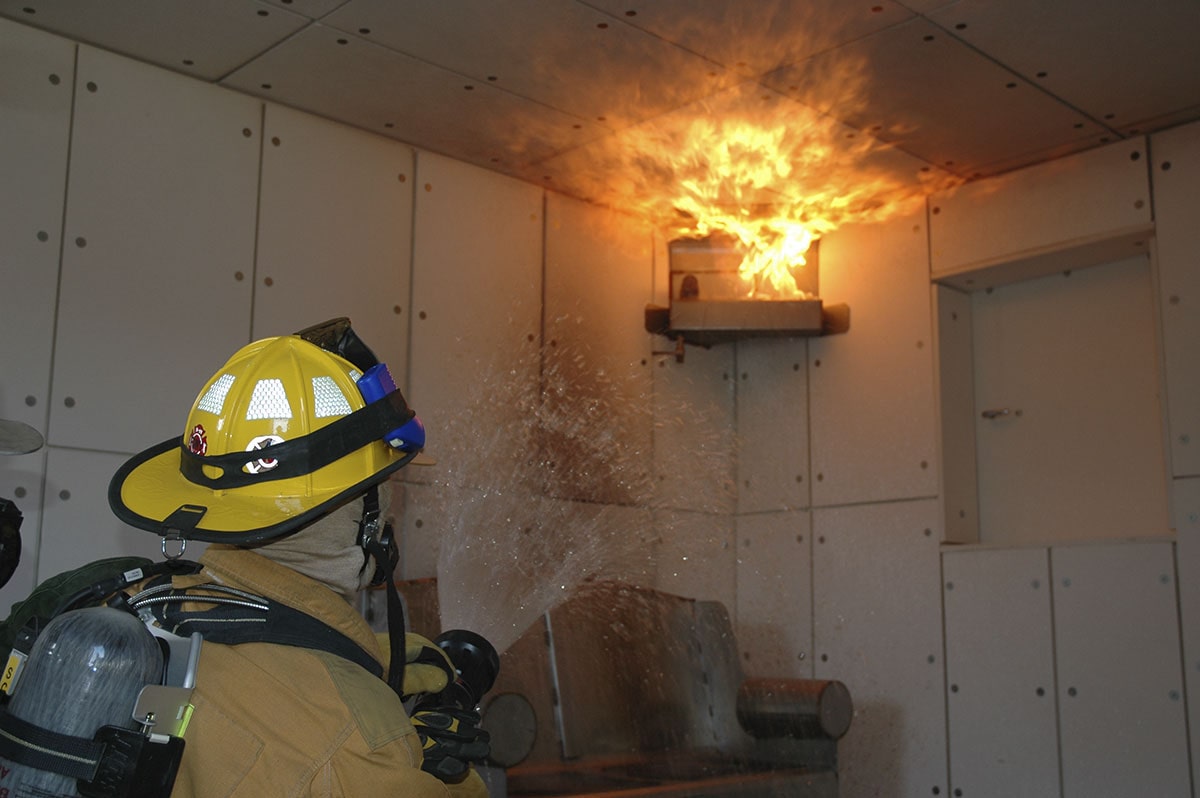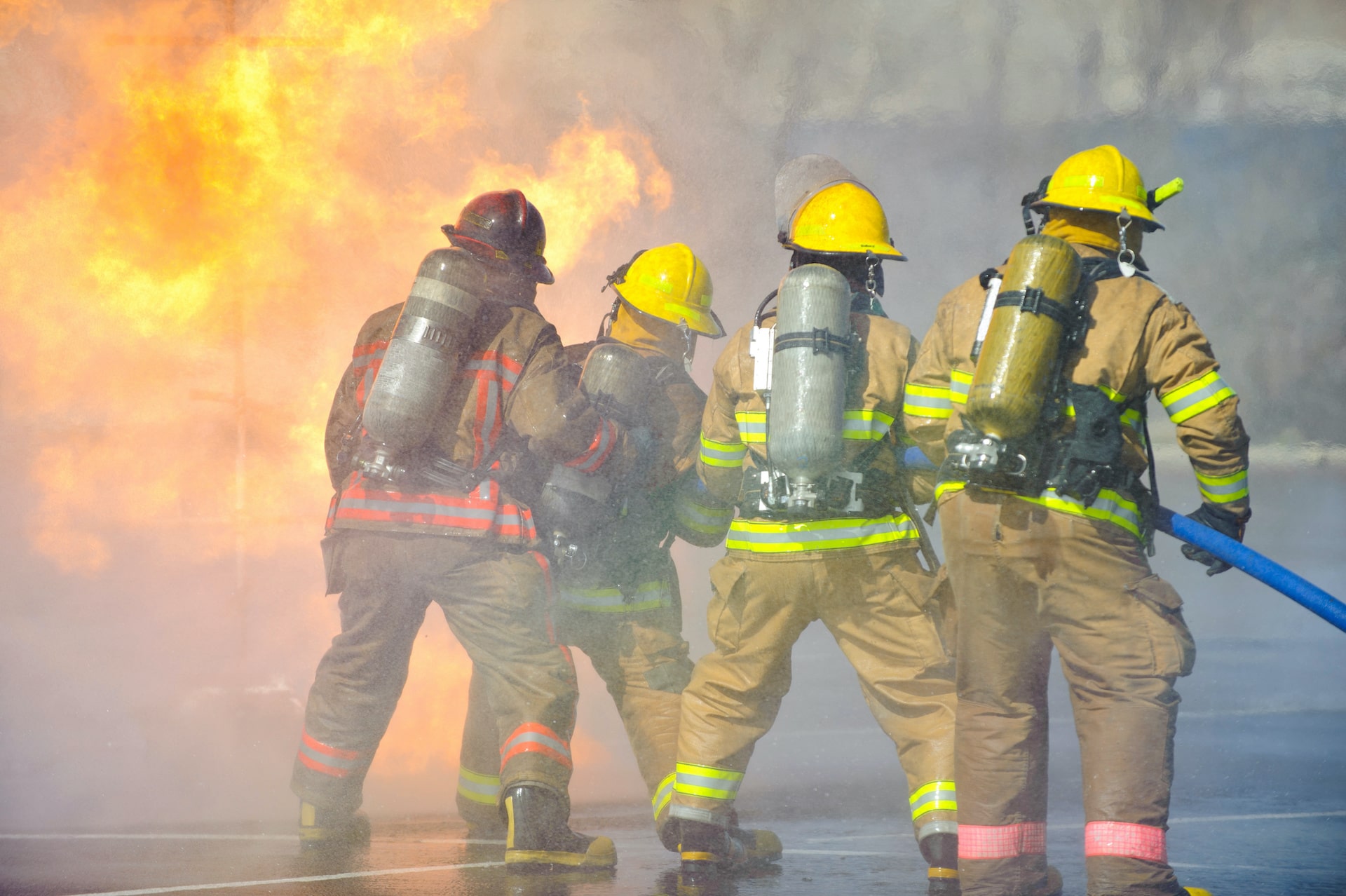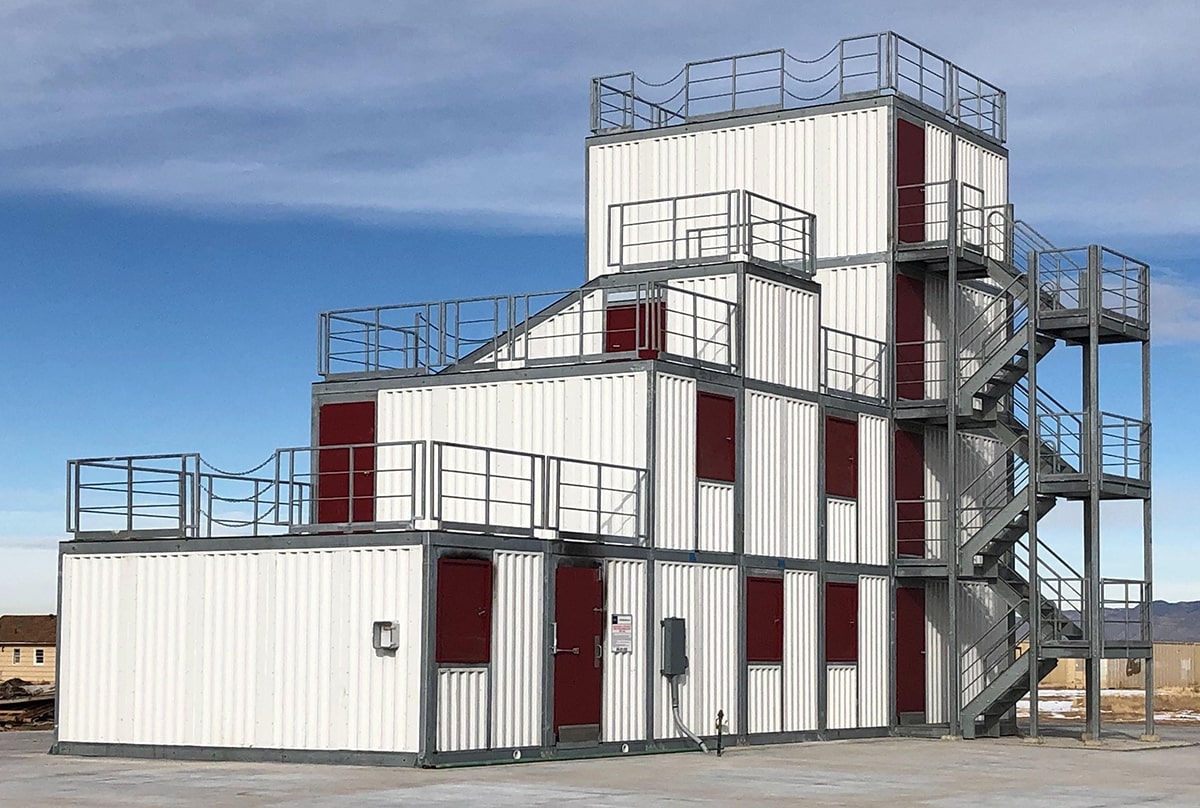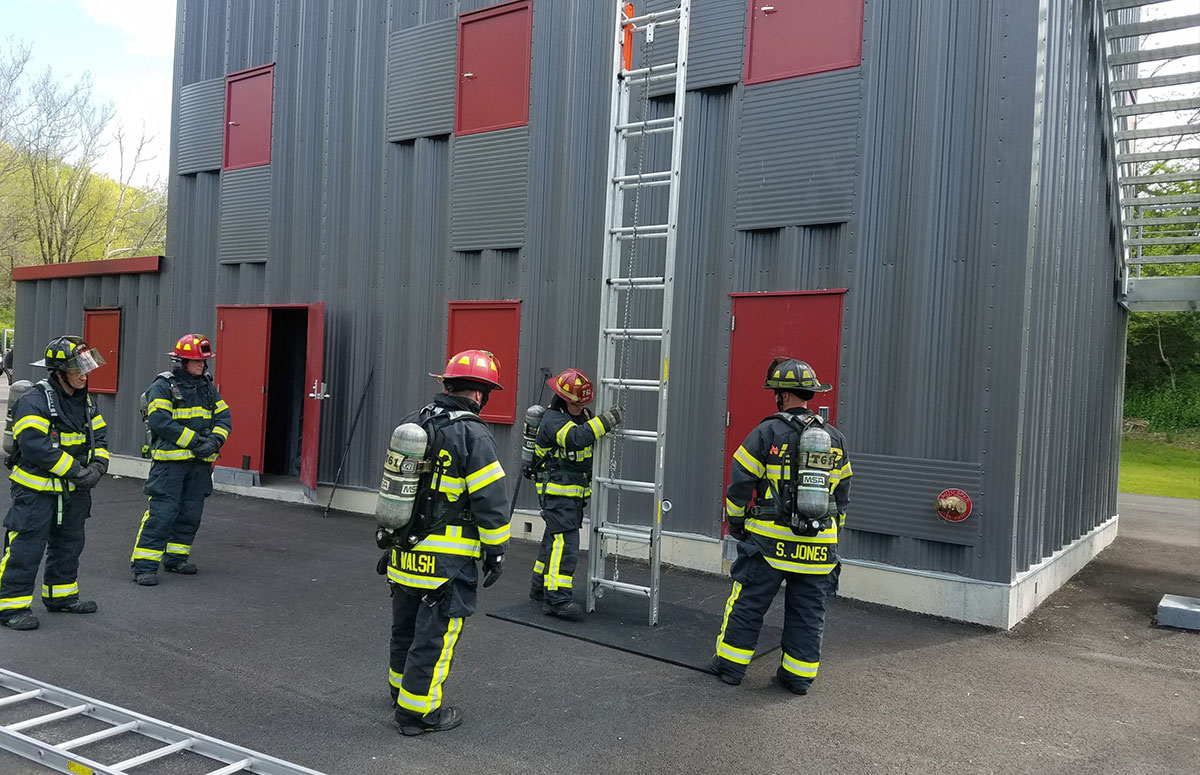
Fire service organizations on average are mandated to conduct live fire training once a year with all certified fire extinguishment members of the department participating. Some members are excited and look forward to the training, others do not. Me, I was always all about it.
I love live fire training. It puts the firefighter in the most realistic environment that you can have, allowing them to truly gain a ton of experience in many areas that they may not even be focusing on. I know that may sound confusing, but the training forces members to work in their gear and operate equipment that they may have not handled in months. Of course they should be inspecting it during the morning check off but they are not using the tool as it was designed to be utilized.
Live Fire Training is inherently dangerous by nature, as you and department members are training in an atmosphere that can become unstable or change very quickly. So, quite often instructors can become more focused on the training environment and firefighter safety rather than the actual training itself. Which they should! Now hold on, don’t misunderstand me, I am not saying that firefighters don’t learn during the training, or that the instructors are not doing their jobs. As I stated before, it is some of the very best you can conduct. However, the instructor may not be able to demonstrate or focus on the fine details of some training elements that may need to be covered when lighting a fuel package. So with that it is good to start your annual live fire training without live fire.
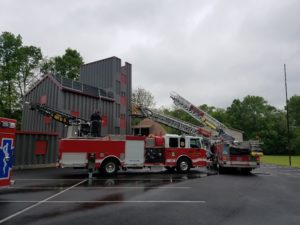 Yes, I said live fire training without live fire. Perform the entire training without ever lighting one fire. This is an excellent time for instructors to ensure everyone is on the same page and has a good grip on all objectives in a safe setting. Have your instructors conduct the training just as they would if they were conducting a live burn, including all the attack hose lines and back up lines on the ground in place. Have crews ready to make entry and on backup lines that will enter or stage at the door while the attack team is inside extinguishing the simulated fire. Build a fuel package in the room you plan to send the attack teams, have crews conduct a search on the fire floor and second floor if possible, just as you would do during a live burn. Truck companies can ladder the building for second means of egress or they can go to the roof to vent. All this can be done without a fire in the building.
Yes, I said live fire training without live fire. Perform the entire training without ever lighting one fire. This is an excellent time for instructors to ensure everyone is on the same page and has a good grip on all objectives in a safe setting. Have your instructors conduct the training just as they would if they were conducting a live burn, including all the attack hose lines and back up lines on the ground in place. Have crews ready to make entry and on backup lines that will enter or stage at the door while the attack team is inside extinguishing the simulated fire. Build a fuel package in the room you plan to send the attack teams, have crews conduct a search on the fire floor and second floor if possible, just as you would do during a live burn. Truck companies can ladder the building for second means of egress or they can go to the roof to vent. All this can be done without a fire in the building.
Instructors can move around inside the training building during this time with limit gear on, allowing them to provide clear direction of what is required to complete the evolution. They can stop crews at any time and point out objectives in great detail without having to worry about room temperature or firefighter fatigue to the extent they would with a fire in the building. This is huge, as the instructors have that extra time to cover everything and even conduct the evaluation again if it didn’t go as expected.
Take this time to bring mid-level management to the training ground and have them work with the companies on scene management. Have them establish interior divisions and assign supervisors to manage those divisions. Establish tactical level objectives for each division such as fire control, search and rescue or ventilation, and have the crew’s complete objectives. Take this time as well to work on your accountability system and ensure all department members are proficient in its operation. Ensure your battalion or division chiefs can truly account for the location of every member on the training ground so they can on the fire ground. This may sound simple but if everyone doesn’t take this serious it will not work as planned.
Live Fire without fire truly allows great training and with that learning occurs as well. Once you have completed your desired objectives without a fire in the building, you more than likely have accomplished your biggest objective yet. Your crews are prepared to have Live Fire in the building, Safely! Rethink how you train!
Written By: Keith Pagett
 Chief Keith Padgett currently serves as the Fire and Emergency Medical Services Academic Program Director with Columbia Southern University. He also served as fire chief of the Beulah Fire District in Valley Alabama and retired as the chief/fire marshal for the Fulton County Fire-Rescue Department in Atlanta. Padgett is a 38-year member of the fire service and has completed the Executive Fire Officer Program through the National Fire Academy. He holds a master’s degree in leadership with an emphasis in disaster preparedness and executive fire leadership, as well as the Chief Fire Officer Destination through the Center for Public Safety Excellence.
Chief Keith Padgett currently serves as the Fire and Emergency Medical Services Academic Program Director with Columbia Southern University. He also served as fire chief of the Beulah Fire District in Valley Alabama and retired as the chief/fire marshal for the Fulton County Fire-Rescue Department in Atlanta. Padgett is a 38-year member of the fire service and has completed the Executive Fire Officer Program through the National Fire Academy. He holds a master’s degree in leadership with an emphasis in disaster preparedness and executive fire leadership, as well as the Chief Fire Officer Destination through the Center for Public Safety Excellence.


